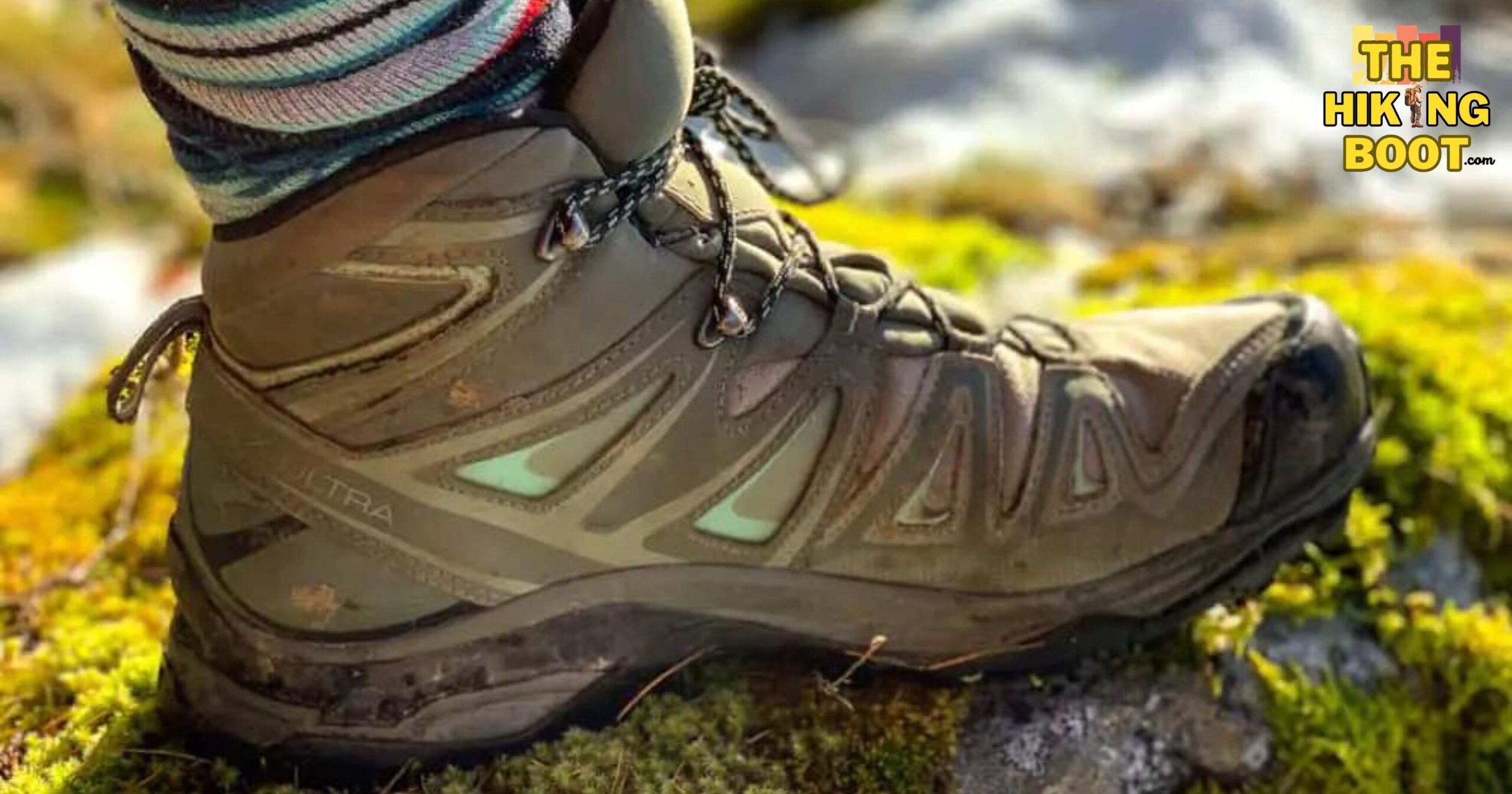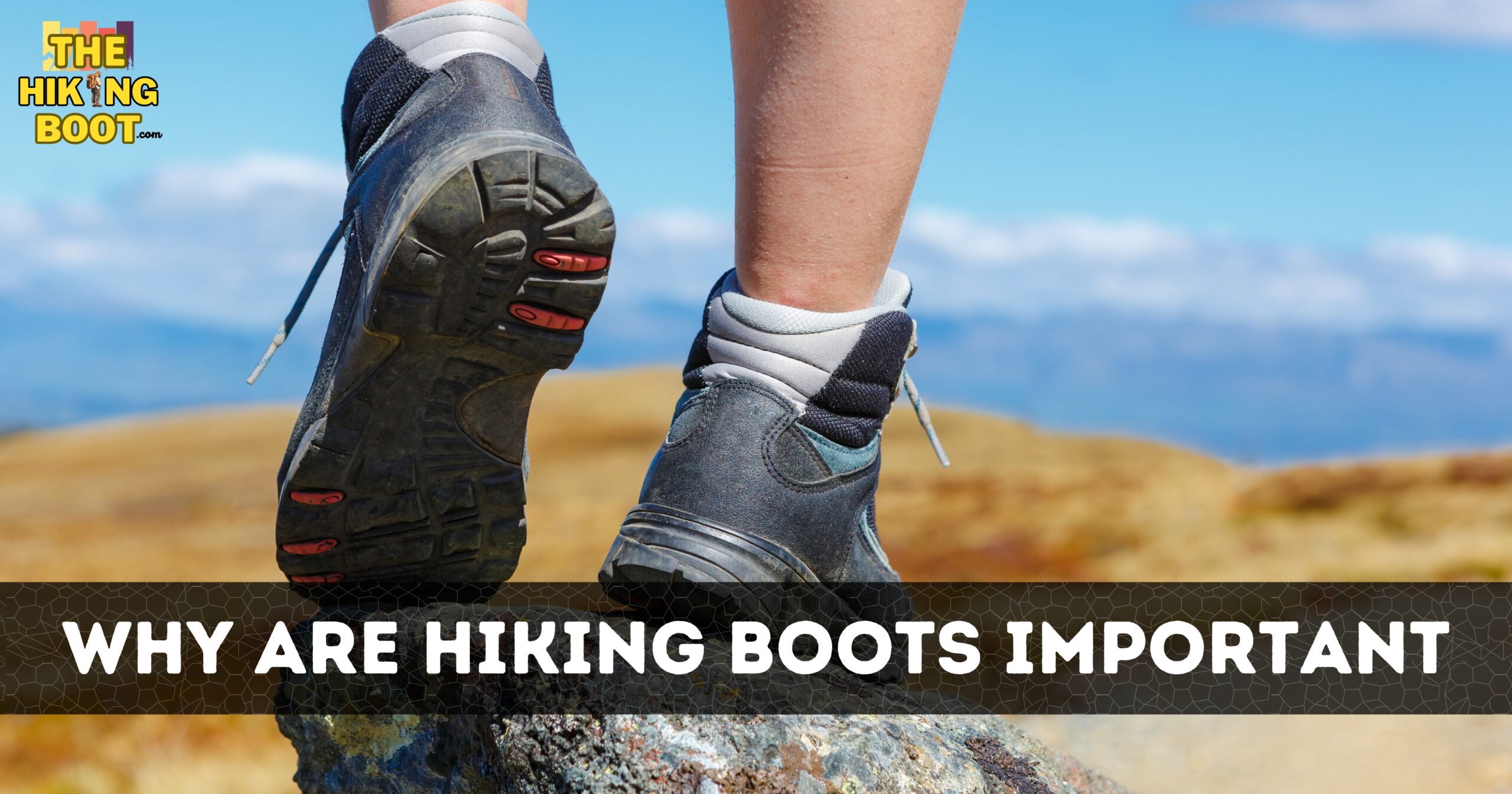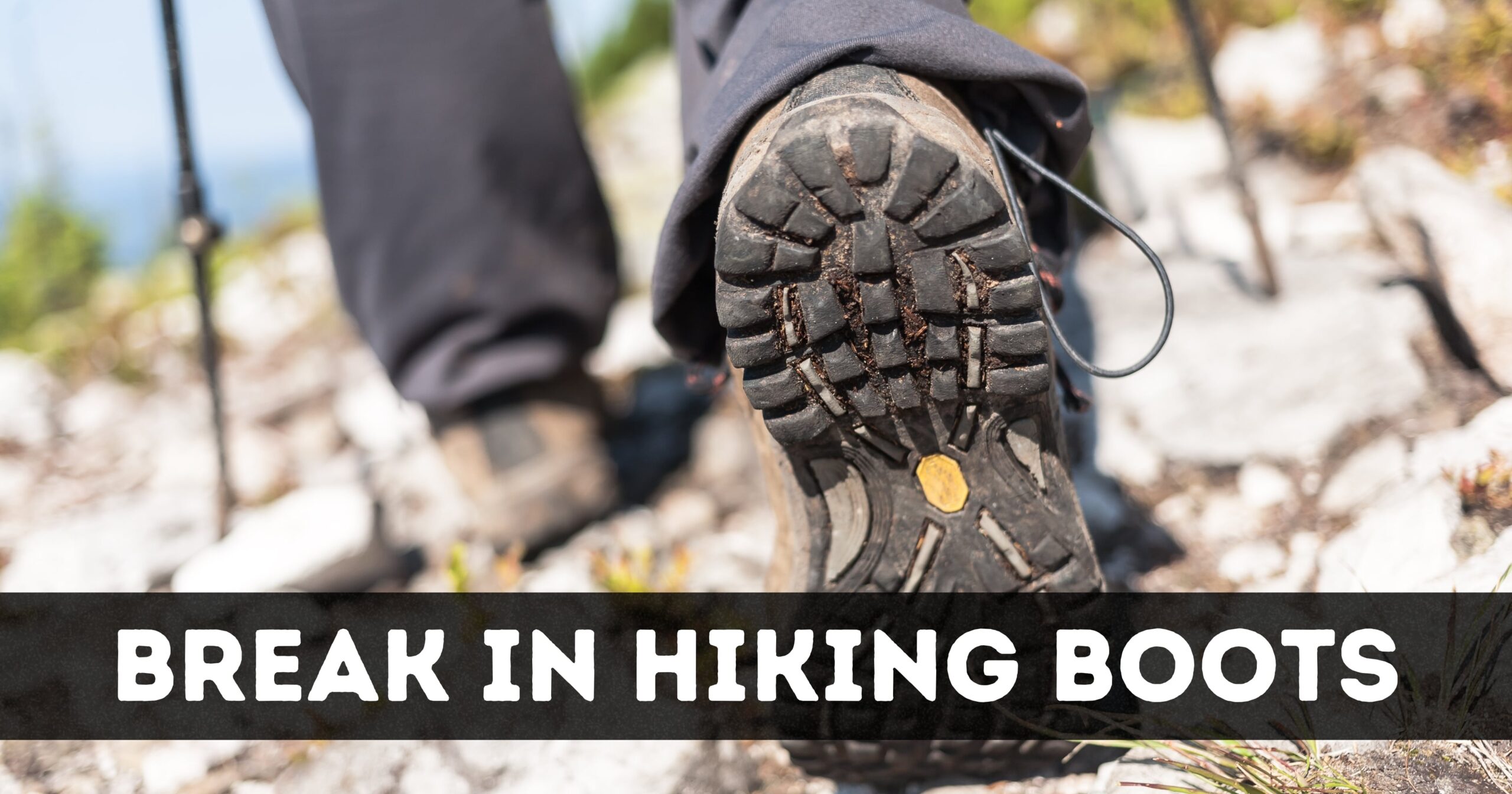Salomon makes some of the best and most durable hiking shoes on the market.
How long will these boots last? Typically, they can last between 500-1200 miles.
This blog post examines the factors that determine how far you can take your Salomon hiking boot and shares tips on getting the most from them.
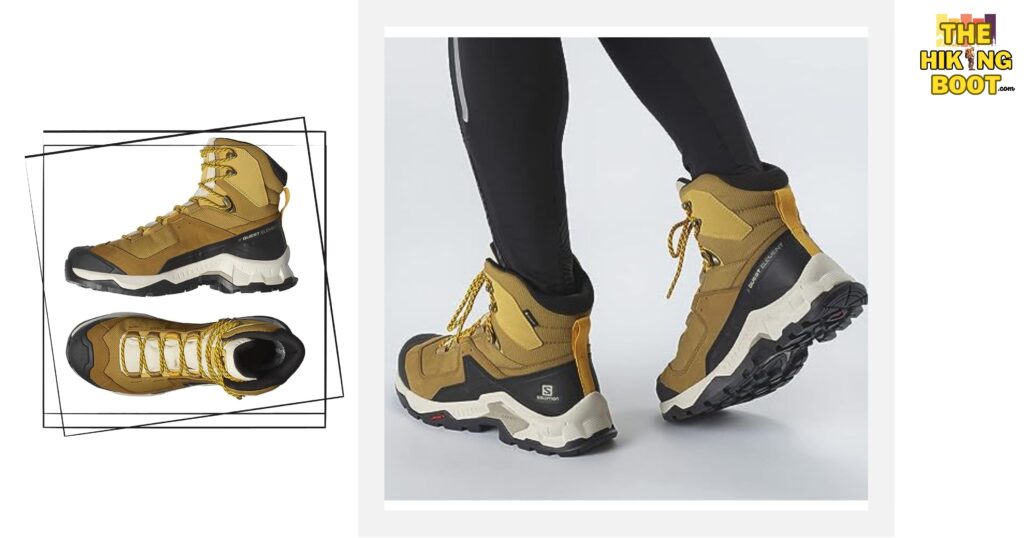
Introducing the Salomon Hiking Boot Brand
Salomon is a well-known and reliable brand of hiking boots that are designed to offer support, comfort and protection during your outdoor adventures.
They provide a combination of lightweight construction, breathability, and durability to ensure you have the best experience possible while exploring nature’s trails.
Salomon boots come in various styles, such as low-cut or mid-cut, and are available in waterproof or water-resistant models.
The Durability of Salomon Hiking Boots
When it comes to the durability of Salomon hiking boots, there are several factors that come into play.
The materials used in the construction of the boots will affect how long they last.
Leather is more durable than synthetic materials and will be able to withstand more wear and tear.
Another factor is the soles of the boots; rubber soles are more durable than foam and will not wear down as quickly.
The type of terrain you’re hiking on can affect how long your Salomon boots last Rocky trails require more durability than flat surfaces and may cause them to break down faster.
What Makes Salomon Hiking Boots Last Longer
- Here, we discuss how long do Salomon hiking boots last.
- While no single factor can determine how long your Salomon hiking boots will last, investing in a quality product can make all the difference.
- Quality materials and construction play an important role in the longevity of your boots.
- Look for quality leathers, breathable fabrics and sturdy soles that won’t wear down quickly.
- Opting for waterproof or water-resistant models can also help ensure your boots last longer by preventing moisture from seeping in and causing damage.
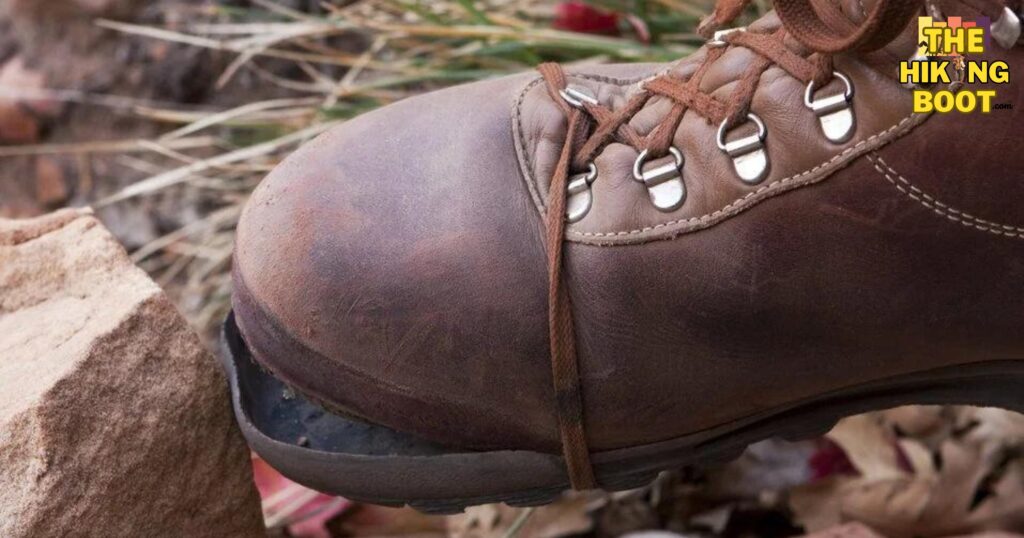
Signs of Wear and Replacement
- Common signs of replacement such as visible damage, sole degradation, loss of waterproofing, and discomfort.
- Common signs of wear and tear on Salomon hiking boots include visible damage, sole degradation, loss of waterproofing, and discomfort.
- Visible damage can include scuffs or holes in the upper material and broken laces. Sole degradation often manifests as uneven treads or worn-down heels that no longer provide adequate traction.
- It is essential to monitor the condition of your Salomon hiking boots to ensure safety and comfort during hikes.
- If you notice any signs of wear or degradation, it may be a sign that it’s time to replace them.
- If the boots no longer provide adequate support or have become uncomfortable, then it might be time for an upgrade.
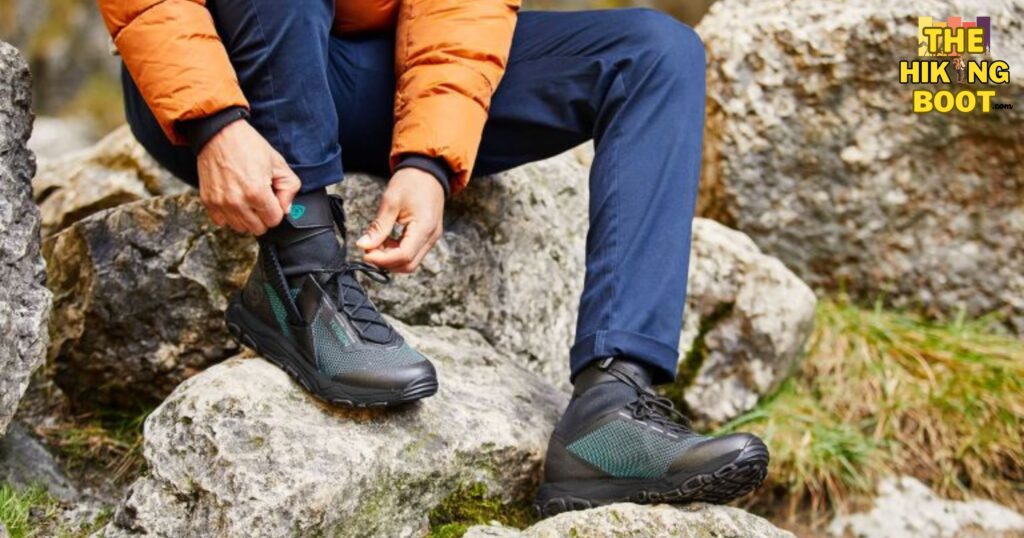
The Technology Behind Long-Lasting Comfort and Performance
The technology behind how long do Salomon’s hiking boots last.
Their patented Advanced Chassis™ sole construction and Sensifit™ technology provide superior stability, cushioning, and a snug fit. The OrthoLite® footbed offers additional comfort and breathability for all-day hikes.
The Grip Contagrip® outsole ensures maximum traction on various surfaces.
The waterproof and water-resistant models are designed to keep you dry and comfortable while trekking through wet terrain.
Tips to Extend Lifespan
- Offer practical suggestions for how long do Salomon’s hiking boots last:
- Rotate between multiple pairs of boots.
- Use appropriate socks to reduce friction.
- Apply waterproofing products as needed.
- Avoid exposing boots to extreme conditions unnecessarily.
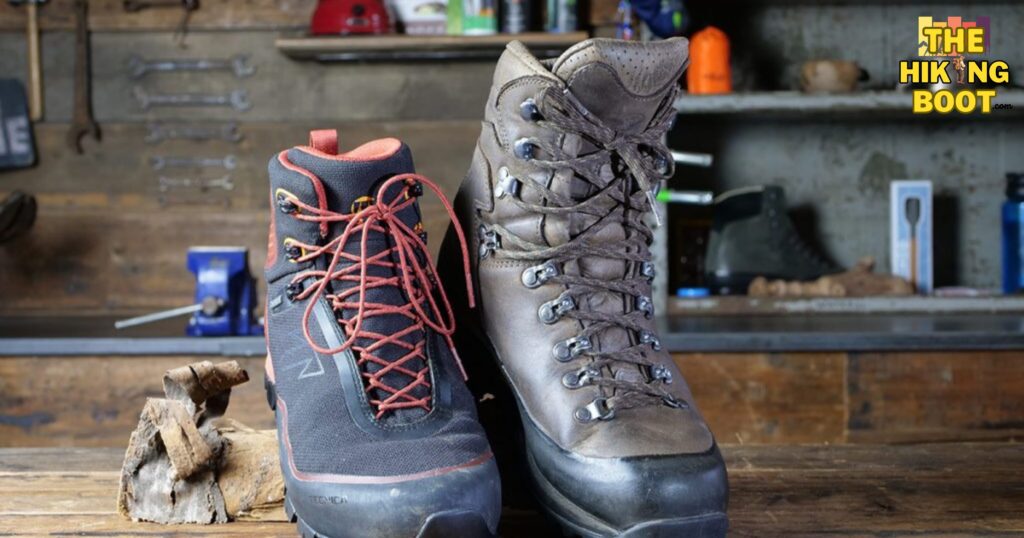
How to Care for Your Salomon Hiking Boots for Optimum Durability
Taking proper care of your Salomon hiking boots is the best way to ensure their longevity.
Clean them regularly with a brush and mild soap, and let them air out after each use.
If you’re hiking in muddy or wet terrain, it’s also important to dry them off thoroughly before storing them away for long periods.
It’s important to rotate between multiple pairs of boots on different days, as this will reduce the strain on any one pair and help them last longer.
Applying waterproofing products periodically can help protect your investment from the elements.
Reasons Why Investing in a Good Pair of Salomon Hiking Boots Is Worthwhile
Investing in a good pair of Salomon hiking boots is worth it.
Not only will you be able to enjoy the comfort and protection they offer during your treks, but you’ll also get more bang for your buck with a longer-lasting product.
Quality Salomon hiking boots are designed to provide years of dependable performance, so you can rest assured that your investment will pay off in the long run.
Tips for Finding the Right Salomon Hiking Boots to Suit Your Needs
- When looking for a new pair of Salomon hiking boots, there are several things you should consider.
- Determine the terrain you’ll explore and choose the suitable model accordingly.
- You should also ensure the boots are comfortable and provide the support you need.
- Look for quality materials that won’t wear down quickly, and ensure your boots have proper ventilation to keep your feet cool and dry.
- Consider whether you need waterproof or water-resistant models depending on how often you plan to venture outdoors in wet conditions.
Conclusion
In conclusion, how long do Salomon hiking boots last ultimately depends on various factors, including the model, the terrain and conditions they are exposed to, and how well they are maintained. On average, a well-cared-for pair of Salomon hiking boots can last anywhere from 500 to 1,200 miles of hiking. Regular cleaning, proper storage, and timely re-soles or repairs can significantly extend their lifespan. It’s crucial to recognize signs of wear and tear, such as reduced traction, cushioning, or structural integrity, and replace your boots when they no longer provide the necessary support and protection for your outdoor adventures. Investing in quality footwear and taking care of it will not only ensure your safety and comfort on the trails but also maximize the value of your hiking boot investment over time.
FAQs
How long should my Salomon hiking boots last?
The longevity of your Salomon hiking boots will depend on the materials used in their construction, how often you wear them, and the terrain you’re exploring. Generally speaking, quality Salomon boots can last up to 10 years or more with proper care and maintenance.
What should I look for when buying Salomon hiking boots?
When shopping for a new pair of Salomon hiking boots, consider the terrain you’ll be exploring and choose the suitable model accordingly.
Make sure the boots are comfortable and provide the support you need.
Look for materials that won’t wear down quickly and ensure your boots have proper ventilation to keep your feet cool and dry.
How should I care for my Salomon hiking boots?
Clean your boots regularly with a brush and mild soap, and let them air out after each use.
If you’re hiking in muddy or wet terrain, it’s also important to dry them off thoroughly before storing them away for long periods.
Consider using a waterproofing spray on your boots if they are not water-resistant.
Are all Salomon hiking boots waterproof?
Not all models are waterproof, but Salomon does offer a range of boots designed to be water-resistant or waterproof.
Do Salomon hiking boots require special care or cleaning products?
A brush and mild soap are enough to clean these boots.
Specific products aren’t required but can further enhance boot lifespan.
How will I know when to replace my Salomon hiking boots?
Look for signs of severe wear, such as holes in the material, detached soles, or if they’re no longer comfortable or supportive.
